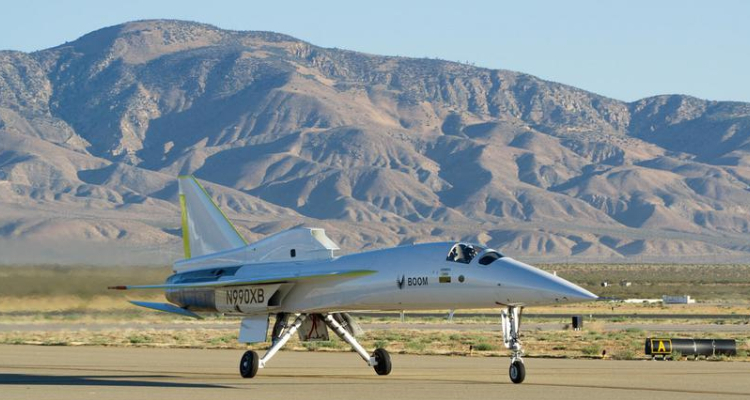
The dream of supersonic travel captured the world’s imagination during the era of the Concorde. But the Concorde’s last flight in 2003 marked a pause in commercial supersonic flights. However, the dream is far from over. With advancements in technology and a new focus on sustainability, the stage is set for the renaissance of supersonic travel. This article explores what the future holds for breaking the sound barrier, again.
Supersonic Travel: A Brief Overview
Supersonic travel refers to flight at speeds greater than the speed of sound (Mach 1). The Concorde, a joint venture between the UK and France, was the most famous supersonic airliner, capable of flying at Mach 2.
New Players in the Game
Several companies, including Boom Technology, Aerion Supersonic, and Spike Aerospace, are working diligently to revive commercial supersonic travel. They aim to offer faster flights while minimizing the environmental impact.
Technological Advancements
Noise Reduction
New engine designs and advanced materials are helping to reduce the sonic boom, a key issue that led to restrictions on overland supersonic flights.
Fuel Efficiency
Biofuels and cutting-edge engine technologies aim to make supersonic travel more fuel-efficient, thus addressing environmental concerns.
Passenger Comfort
Modern interior designs prioritize passenger comfort, incorporating features like larger windows and improved cabin pressure systems.
Regulatory Hurdles
Safety and environmental regulations remain a significant obstacle. However, ongoing dialogues between companies and regulatory agencies aim to resolve these issues.
The Market for Supersonic Travel
Business travelers and the luxury tourism sector are the most obvious markets. Time-sensitive journeys become more manageable, and long-haul flights could become day trips.
Frequently Asked Questions
What is supersonic travel?
Supersonic travel refers to flight at speeds greater than the speed of sound, usually faster than Mach 1.
Who are the new players in the supersonic travel industry?
Companies like Boom Technology, Aerion Supersonic, and Spike Aerospace are leading the charge in the revival of commercial supersonic travel.
What are the key advancements in supersonic technology?
Noise reduction, fuel efficiency, and improved passenger comfort are major areas where technology is making strides.
Conclusion
With advancements in technology and a clearer understanding of the market demand, the resurrection of supersonic travel seems more feasible than ever. While challenges remain, the prospects for flying faster than the speed of sound are looking up.
